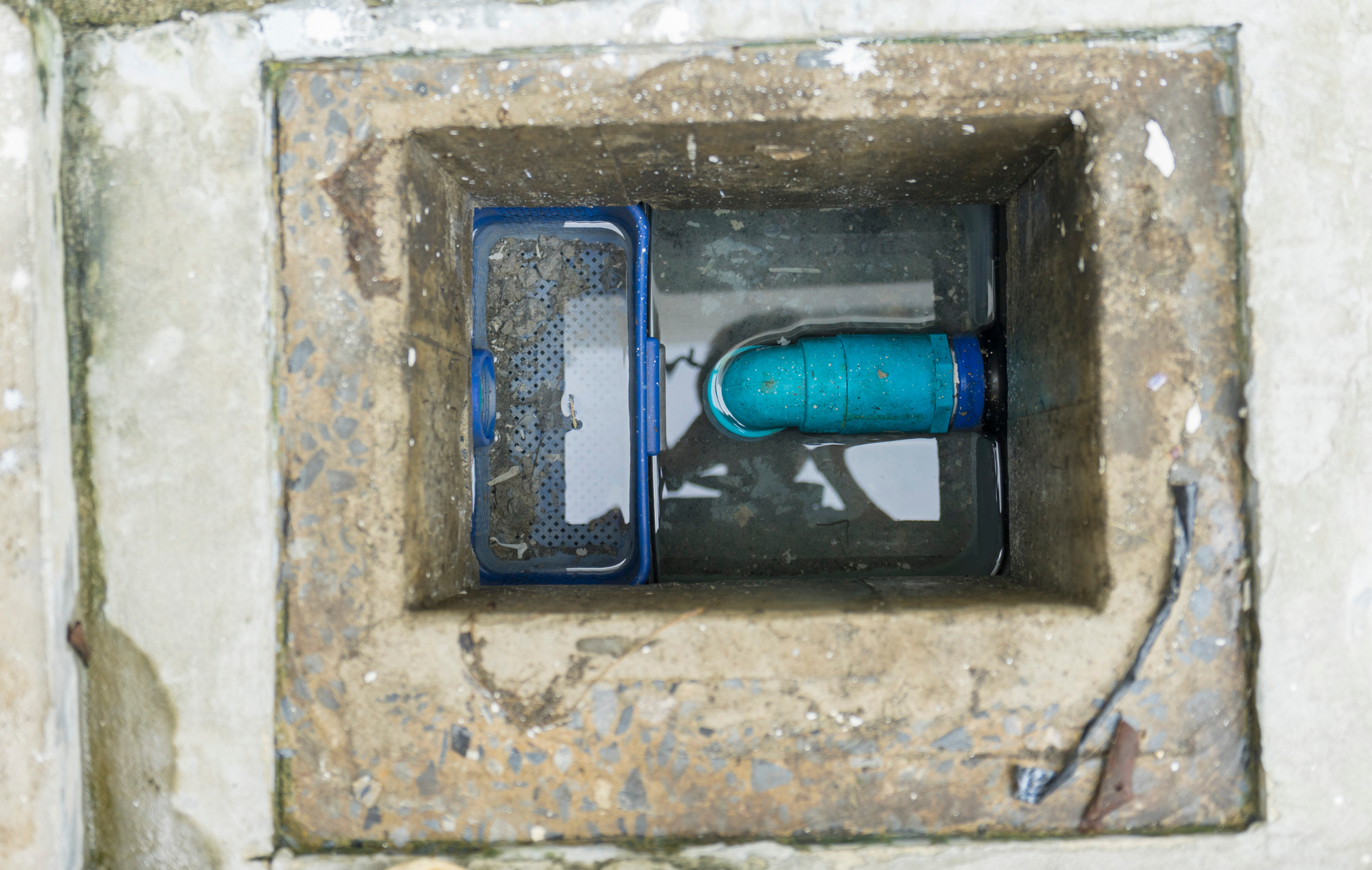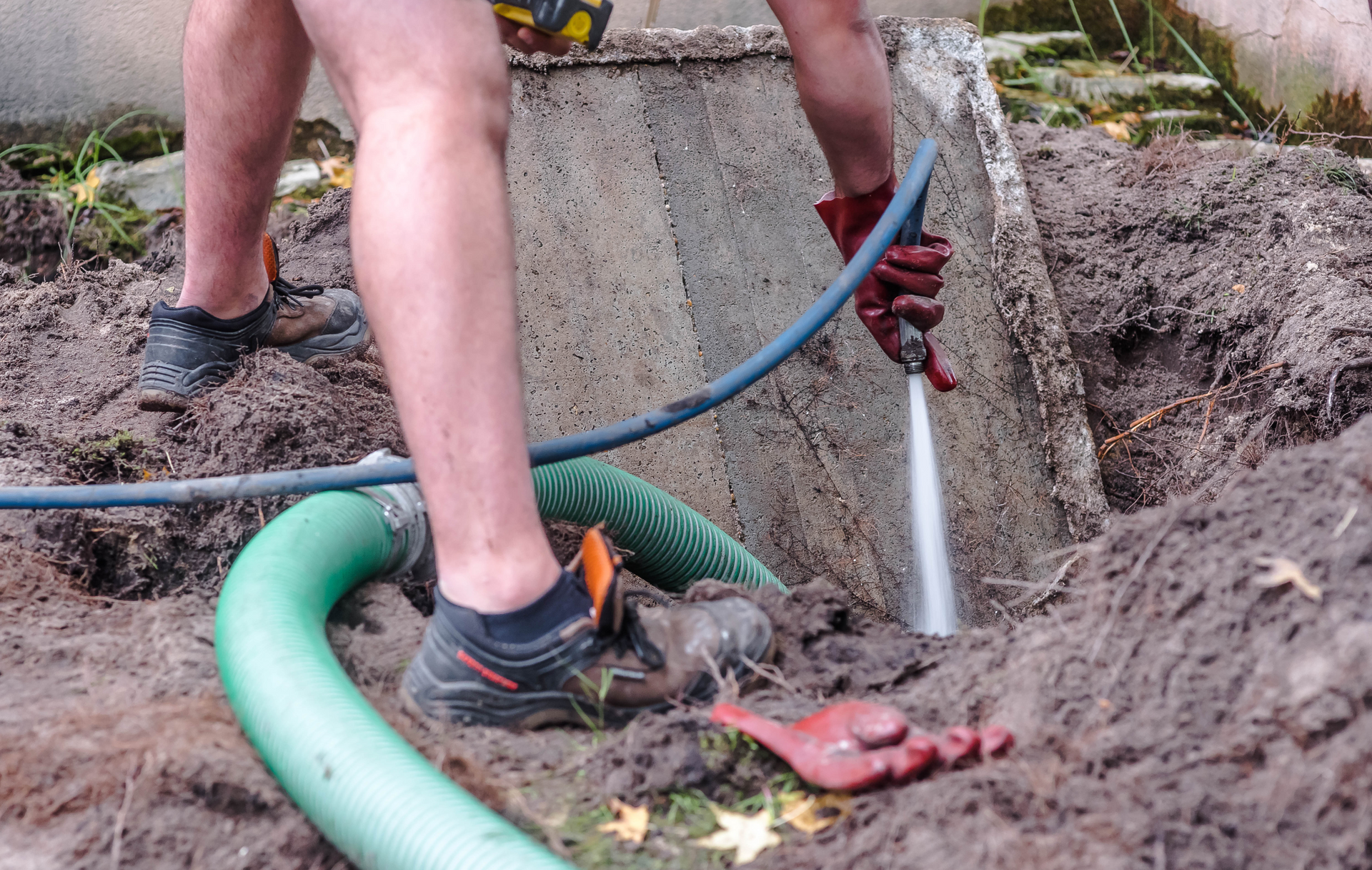Dos and Don'ts of Septic System Care in Oxford, MS | Oxford Septic
April 30, 2024
The Dos and Don'ts of Caring for Your Septic System in Oxford, MS
Your septic system, although often hidden from view, plays a crucial role in managing wastewater in your Oxford, MS, home. Proper care and maintenance are essential to keep it functioning efficiently and avoid costly repairs. In this guide, we'll explore the dos and don'ts of septic system care, helping you ensure its longevity and reliability.
The Dos of Septic System Care
1. Regular Pumping: Do schedule regular septic tank pumping every 3-5 years. This removes accumulated solids and prevents blockages in your system.
2. Conserve Water: Be mindful of water usage. Fix leaks promptly, install water-saving fixtures, and spread out water-intensive activities to prevent overloading the system.
3. Use Septic-Safe Products: Opt for septic-safe cleaning products and toilet paper. Harsh chemicals can disrupt the balance of beneficial bacteria in your tank.
4. Maintain Your Drain Field: Regularly inspect the drain field for signs of damage, root intrusion, or ponding. Keep the area clear of trees and shrubs that could interfere with your system.
5. Professional Inspections: Schedule professional inspections to assess your septic tank's health and identify issues early. This can save you money in the long run.
6. Effluent Filter Maintenance: If your system has an effluent filter, clean or replace it as needed to ensure proper effluent flow.
7. Septic System Jetting: Consider professional septic system jetting services to clean your system's pipes and lines, preventing blockages and ensuring efficient operation.
8. Be Cautious with Landscaping: When landscaping around your drain field, choose grass or shallow-rooted plants. Avoid planting deep-rooted trees near the septic system, as their roots can damage pipes.
9. Keep Records: Maintain records of septic system maintenance, including pumping schedules and inspection reports. This helps track its health and performance.
10. Educate Household Members: Ensure everyone in your household understands how the septic system works and what should and shouldn't be flushed.
The Don'ts of Septic System Care
1. Don't Overload with Water: Avoid excessive water usage in a short period. Too much water can flood the system, leading to failure.
2. Don't Flush Non-Biodegradables: Never flush non-biodegradable items like disposable wipes, sanitary products, paper towels, or household chemicals. These can clog the system.
3. Don't Pour Grease or Oil: Refrain from pouring cooking grease or oil down the drain. Grease can solidify and block pipes.
4. Don't Use a Garbage Disposal: Garbage disposals increase the load on your septic system by introducing solid waste. Avoid using them.
5. Don't Ignore Leaks: Promptly repair any plumbing leaks in your home. Leaks can overload your septic system and lead to damage.
6. Don't Drive Over the Drain Field: Keep heavy vehicles, like cars or machinery, off the drain field. This can compact the soil and damage the system.
7. Don't Neglect Regular Maintenance: Ignoring septic system maintenance can lead to costly repairs or even system failure. Stick to a proactive maintenance schedule.
8. Don't Attempt DIY Repairs: Avoid attempting to repair your septic system yourself. Always hire a qualified professional for maintenance and repairs.
9. Don't Skip Inspections: Regular inspections are essential. Skipping them could allow issues to worsen undetected.
10. Don't Overuse Water Softeners: Excessive use of water softeners can lead to a high volume of water entering your septic system, potentially causing problems.
By following these dos and don'ts of septic system care, you can maintain a healthy and efficient system in your Oxford, MS, home. Regular maintenance and responsible usage are the keys to avoiding costly repairs and ensuring your septic system's reliability for years to come.
For professional septic system services, including inspections, pumping, and jetting, contact Oxford Septic Service. Our experienced team is here to assist you in maintaining your septic system's health and performance.
Remember, taking good care of your septic system not only protects your investment but also contributes to a clean and sustainable environment.

Oxford Septic Services plays a crucial role in ensuring the health and functionality of septic systems in our community. With years of experience and expertise, our team is dedicated to providing top-quality services to homeowners and businesses alike. In this guide, we'll explore the vital role that Oxford Septic Services plays in maintaining healthy septic systems and preserving the well-being of our environment. Chapter 1: Comprehensive Septic System Maintenance Oxford Septic Services offers comprehensive maintenance services designed to keep septic systems running smoothly. From regular inspections to proactive maintenance measures, our team ensures that septic systems remain in optimal condition year-round. Chapter 2: Professional Septic Tank Pumping Regular septic tank pumping is essential for preventing backups and maintaining the proper functioning of septic systems. Oxford Septic Services provides professional pumping services tailored to the unique needs of each property, ensuring efficient removal of waste and sludge. Chapter 3: Prompt Septic System Repairs When issues arise with septic systems, prompt repairs are crucial to prevent further damage and ensure continued functionality. Oxford Septic Services offers timely and reliable repair services, addressing issues such as leaks, clogs, and drain field problems with expertise and efficiency. Chapter 4: Expert Leach Field Services Leach fields are an integral part of septic systems, responsible for filtering and dispersing wastewater into the soil. Oxford Septic Services offers expert leach field services, including inspections, repairs, and installations, to ensure the proper functioning of this critical component. Chapter 5: Emergency Septic Services Septic emergencies can occur at any time, posing significant risks to property and health. Oxford Septic Services offers emergency services around the clock, providing prompt response and effective solutions to mitigate damage and restore functionality. Chapter 6: Residential and Commercial Solutions Whether it's a residential property or a commercial establishment, Oxford Septic Services offers tailored solutions to meet the unique needs of each client. From small homes to large commercial properties, our team has the expertise and resources to handle any septic system challenge. Chapter 7: Environmental Stewardship At Oxford Septic Services, we are committed to environmental stewardship and sustainable practices. We prioritize eco-friendly solutions and responsible waste management techniques to minimize our impact on the environment and protect natural resources. Conclusion: Oxford Septic Services plays a vital role in maintaining healthy septic systems and preserving the well-being of our community. With comprehensive maintenance services, prompt repairs, and a commitment to environmental stewardship, our team ensures that septic systems remain in optimal condition for years to come. Trust Oxford Septic Services for all your septic system needs and experience the difference firsthand.

Septic tank pumping is a crucial aspect of septic system maintenance that often goes overlooked by property owners. Regular pumping helps prevent costly repairs, prolongs the lifespan of the septic system, and protects the environment from contamination. In this guide, Oxford Septic Services shares valuable insights into the importance of routine septic tank pumping and its many benefits. Chapter 1: Understanding the Role of Septic Tank Pumping Overview of the septic tank pumping process and its significance in maintaining a healthy septic system Explanation of how septic tank pumping removes accumulated solids and sludge from the tank, preventing clogs and backups Chapter 2: Preventing Costly Repairs and System Failures Discussion of the potential consequences of neglecting septic tank pumping, including system backups, drain field damage, and groundwater contamination Exploration of the financial implications of septic system repairs and replacements compared to the relatively low cost of routine pumping Chapter 3: Extending the Lifespan of Your Septic System Explanation of how regular septic tank pumping helps prolong the lifespan of the septic system by reducing stress on system components and preventing premature failure Discussion of the correlation between routine pumping and the overall health and longevity of the septic system Chapter 4: Protecting the Environment and Public Health Examination of the environmental and public health risks associated with untreated wastewater discharge from poorly maintained septic systems Explanation of how routine septic tank pumping helps mitigate these risks by preventing groundwater contamination and protecting local water sources Chapter 5: Maintaining Property Value and Resale Potential Exploration of the impact of a well-maintained septic system on property value and resale potential Discussion of how routine septic tank pumping demonstrates responsible property ownership and can increase buyer confidence during real estate transactions Chapter 6: Ensuring Regulatory Compliance Overview of local regulations and requirements regarding septic system maintenance and pumping frequency Explanation of how routine septic tank pumping helps property owners remain in compliance with regulatory standards and avoid potential fines or penalties Chapter 7: Best Practices for Scheduling Septic Tank Pumping Recommendations for establishing a regular pumping schedule based on factors such as household size, water usage, and septic system capacity Tips for working with professional septic service providers like Oxford Septic Services to schedule timely and efficient pumping services Conclusion: Routine septic tank pumping is an essential aspect of responsible septic system ownership, offering numerous benefits for property owners, the environment, and public health. By understanding the importance of routine pumping and working with trusted professionals like Oxford Septic Services, property owners can ensure the long-term performance and reliability of their septic systems.
